Semana Santa
Holy Week in Christianity is the week just before Easter. In the west, it is also the last week of Lent, and includes Palm Sunday, Holy Wednesday (Spy Wednesday), Maundy Thursday (Holy Thursday), Good Friday (Holy Friday), and Holy Saturday. It does not include Easter Sunday, although traditions observing the Easter Triduum may overlap or displace part f Holy Week or Easter itself within that additional liturgical period.
The events of Semana Santa focus on the last days of Christ’s life. Processions begin on Good Friday and follow the events from the crucifixion through resurrection. The largest procession occurs on Friday, however this varies by country and town. Purple robes are often worn by the participants during the processions. The color purple signifies penitents in the Catholic church.
The somber and often nocturnal commemoration with public processions directs thoughts to the desolate emotional state of the Virgin Mary on Black Saturday. She is represented as worrying and grieving with Saint Mary Magdalene for Jesus. During Black Saturday the participants of the processions wear black robes and hoods. Read more…
The week before Easter Sunday, known as Holy Week or Semana Santa in Spanish, holds a large cultural significance in much of the Latin world. Two places that have prominent Semana Santas are Antigua, Guatemala and Quito, Ecuador.
Antigua, Guatemala

Semana Santa in Antigua has many unique elements. During the week of festivities, residents make Alfombras, detailed carpets that consist of sawdust, flowers, pine needles, fruits and vegetables. The alfombras cover many of the streets in the center of Antigua and help define the route of the processions.
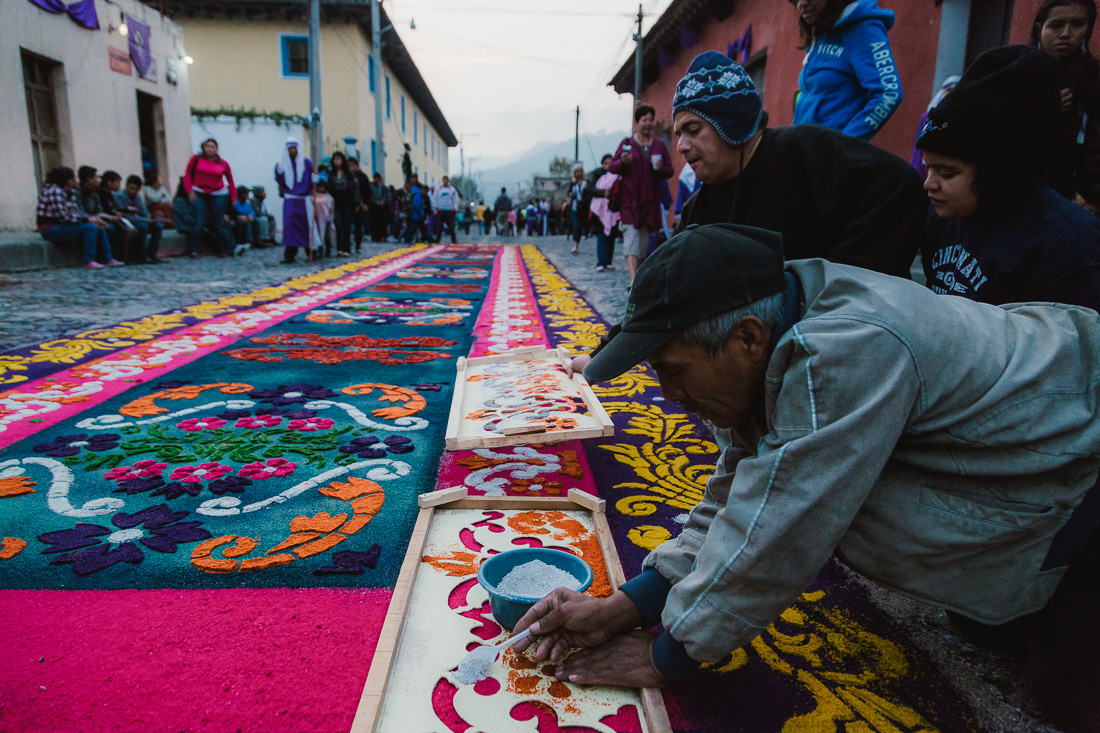
Large floats, or Andas, are also important in the Guatemalan Holy Week. Each Anda has a specific meaning, often with figures of Jesus, the Virgin Mary, or other biblical scenes. The Andas can weigh up to 7,000 lbs. The larger ones require over fifty men to carry.
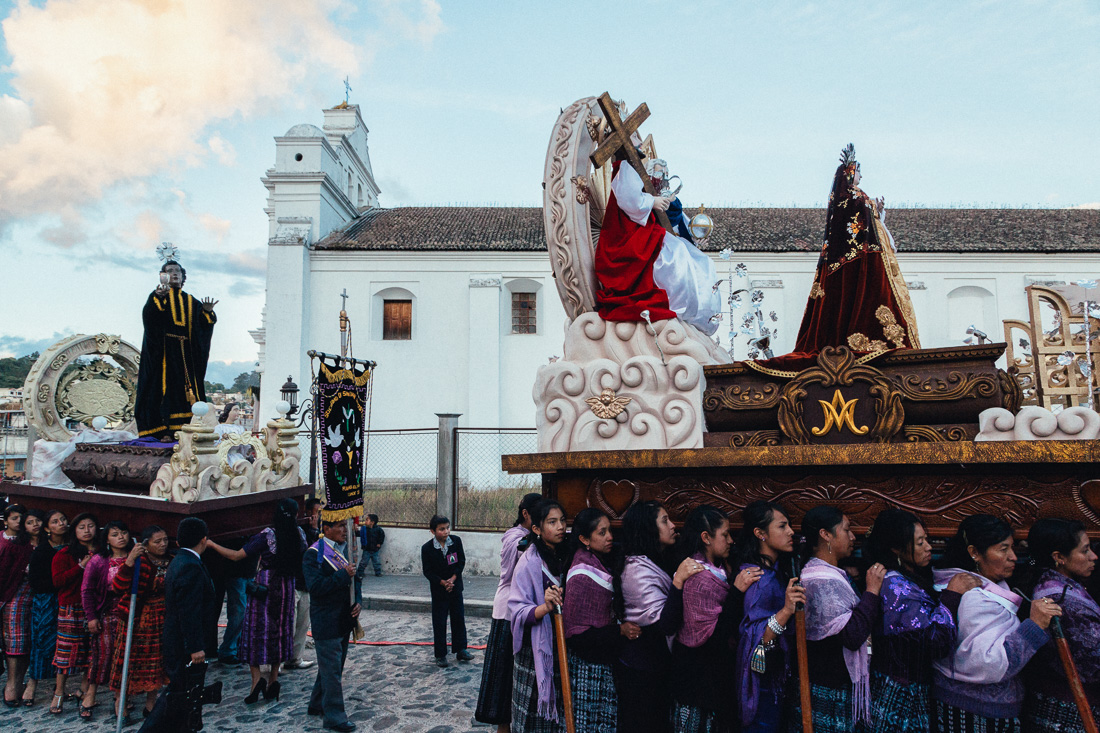

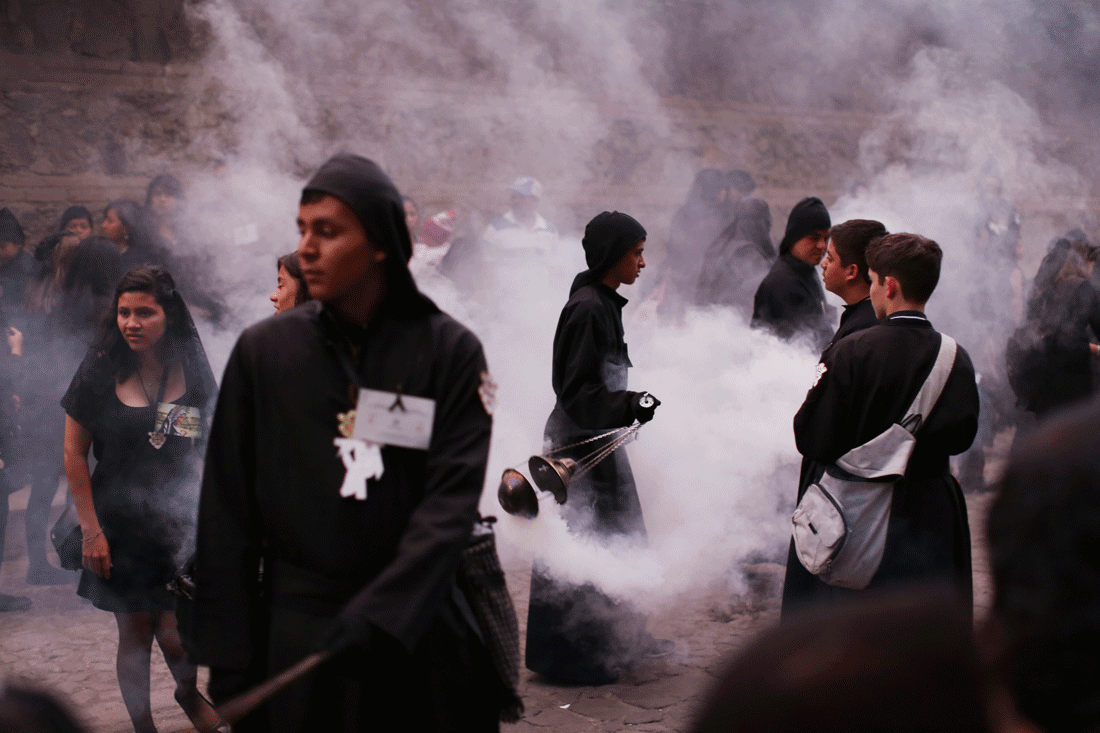
Quito, Ecuador
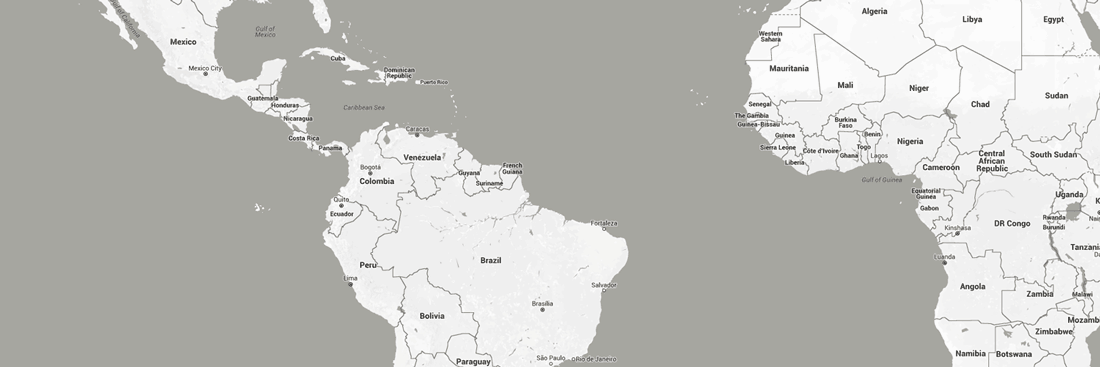
Nearly 250,000 people attend the Good Friday Procession in Quito, Ecuador. Many of the Catholics that participate in the procession are penitents and go to extreme lengths to show their devotion to their faith. Some carry heavy crosses with their feet chained. Some wrap their bodies in barbed wire or flagellate themselves with whips and stinging nettle.
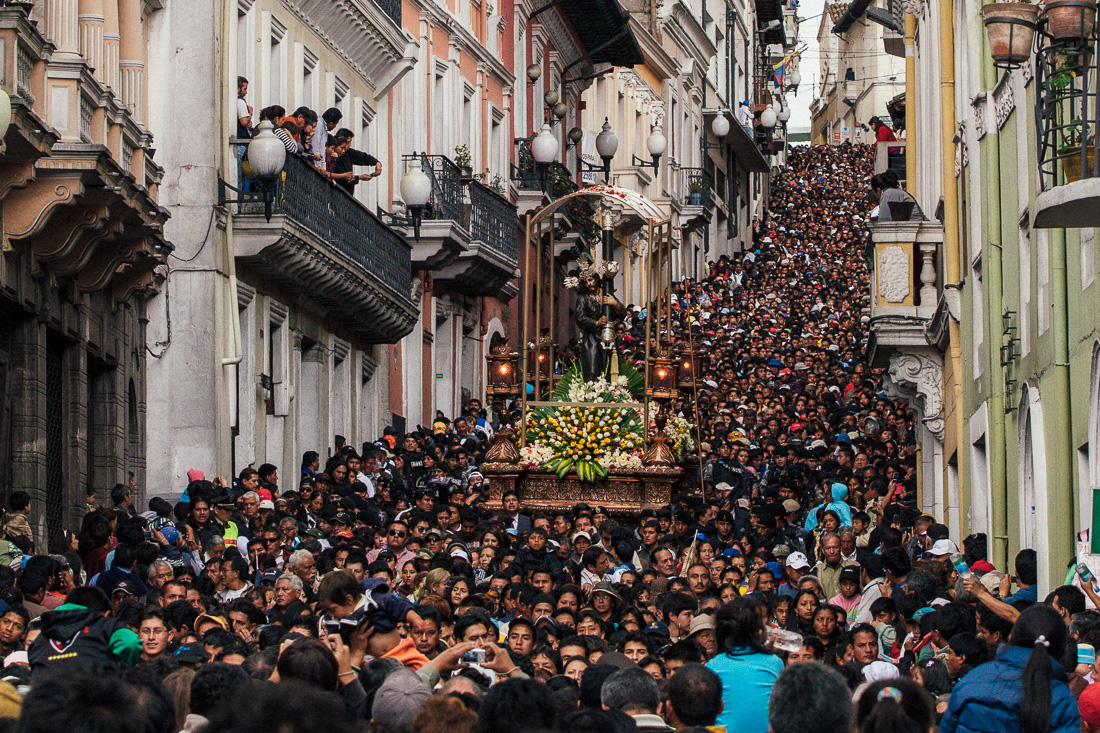
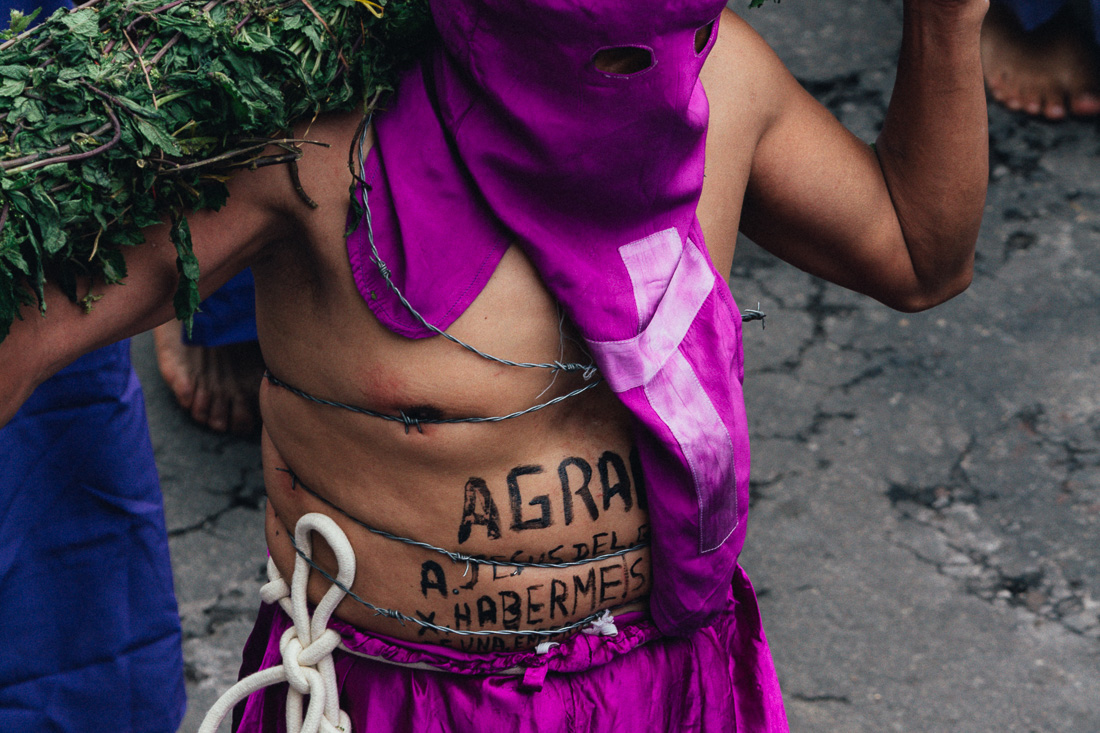
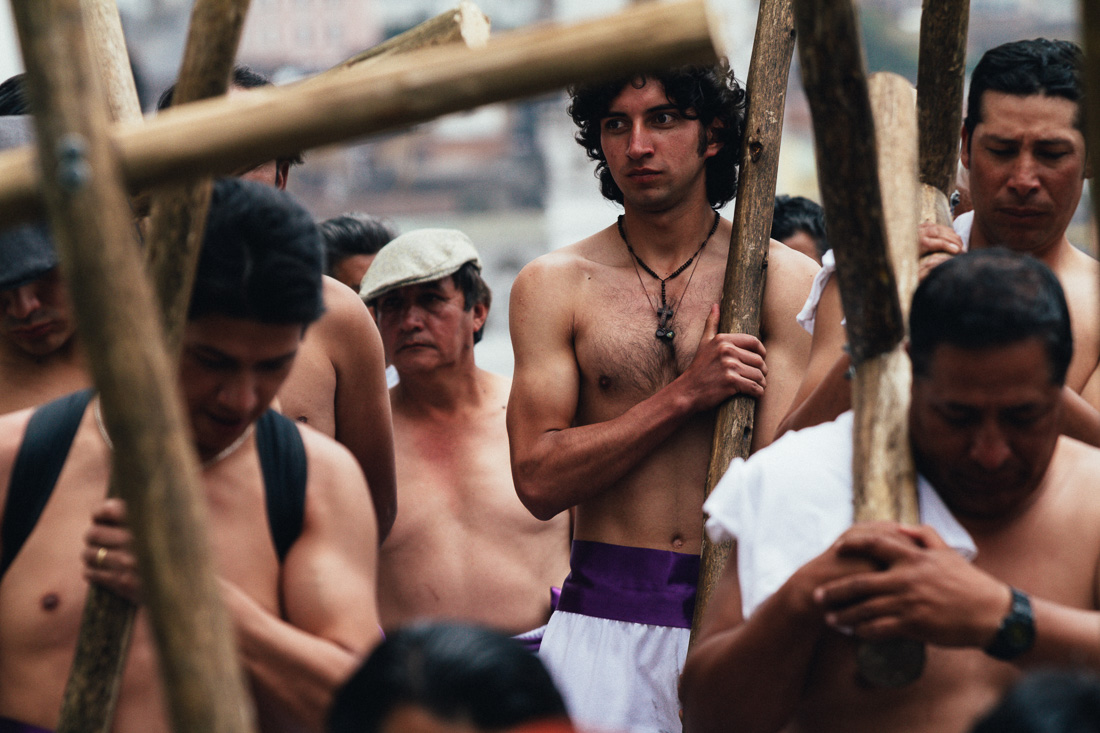
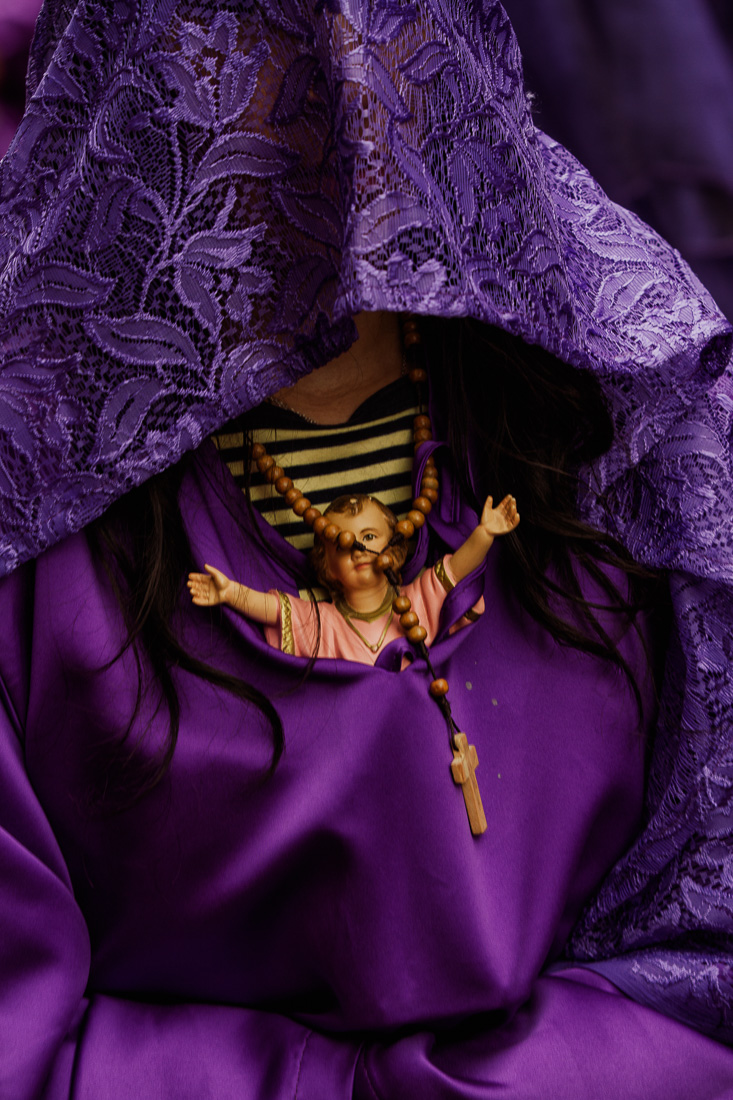
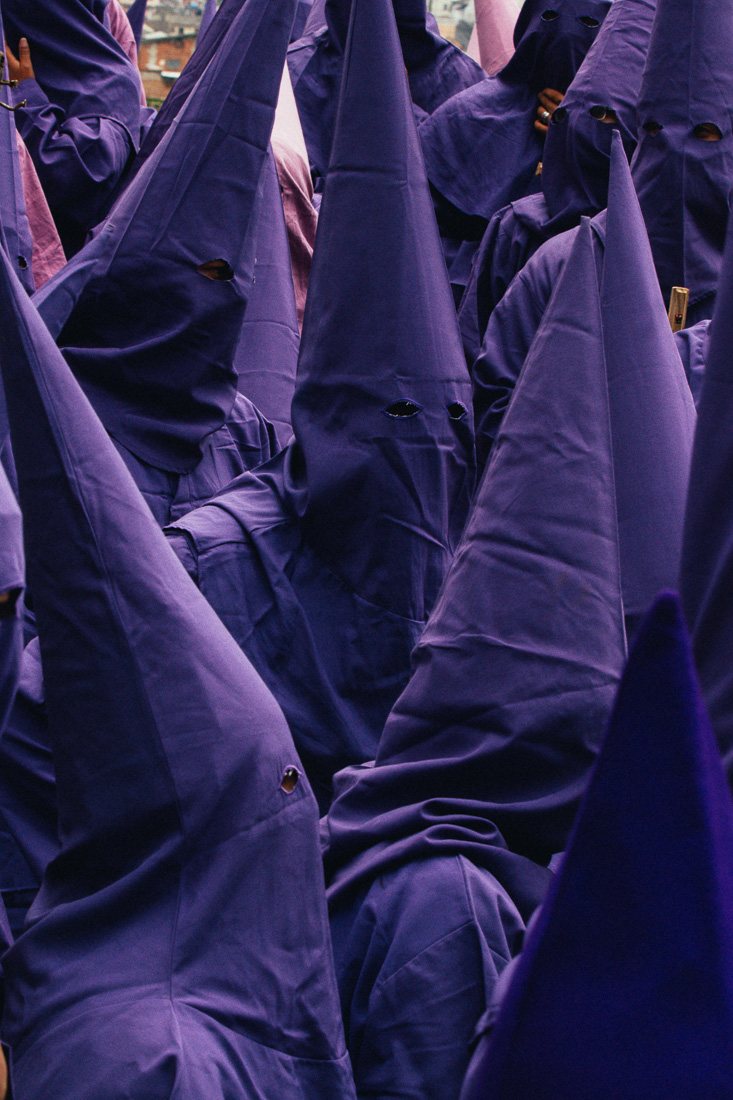
Cucuruchos
The term Cucurucho roughly translates to cone or cornet in Spanish. It can refer to both the Catholics that take part in Semana Santa processions and their conical hats or hoods.
The cone shaped hats are derived from the Spanish Inquisition. Those convicted of religious offenses by the inquisition were forced to wear cone hoods to undergo public humiliation. Similarly, the penitents at Easter used these elements of derision and mockery to mimic the scorn Jesus suffered.
Despite the similarities, the hoods of the Semana Santa predate those used by the Ku Klux Klan and have no relationship.
Read more…
The Cucuruchos are specific to each location. For example, nearly all those of Ecuador wear the conical hats and many are penitents. The Cucuruchos of Guatemala often wear white head scarves. Children and adolescents have a larger role in the processions and men and women participate separately.
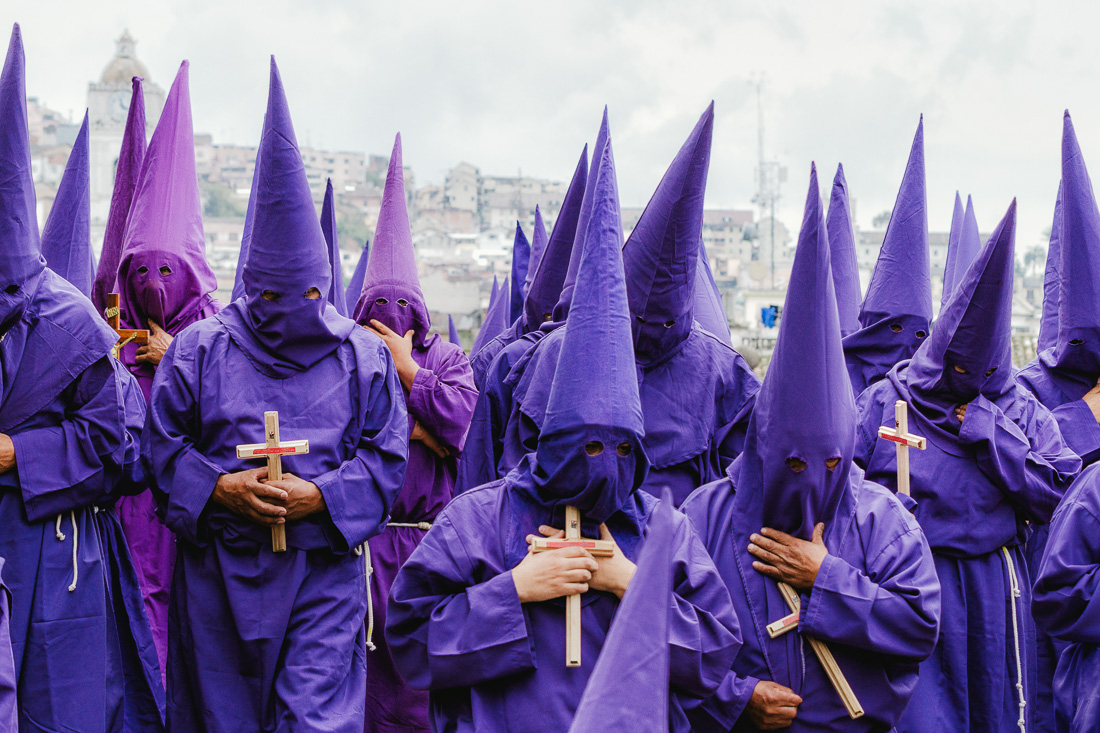
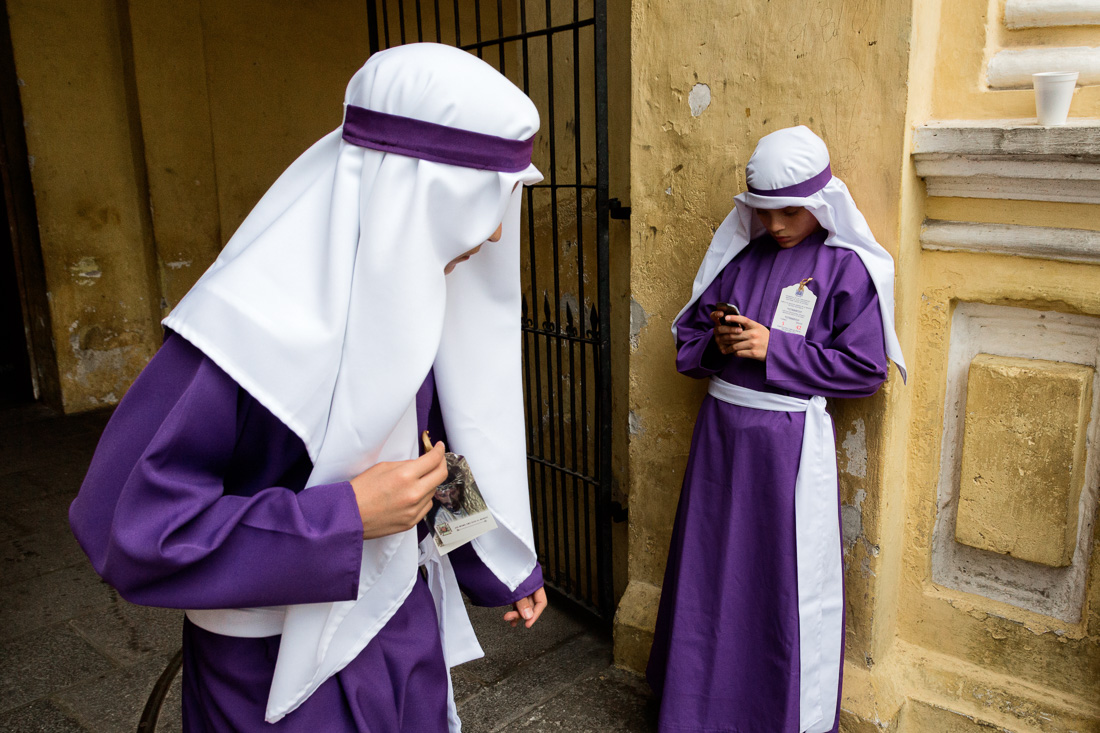
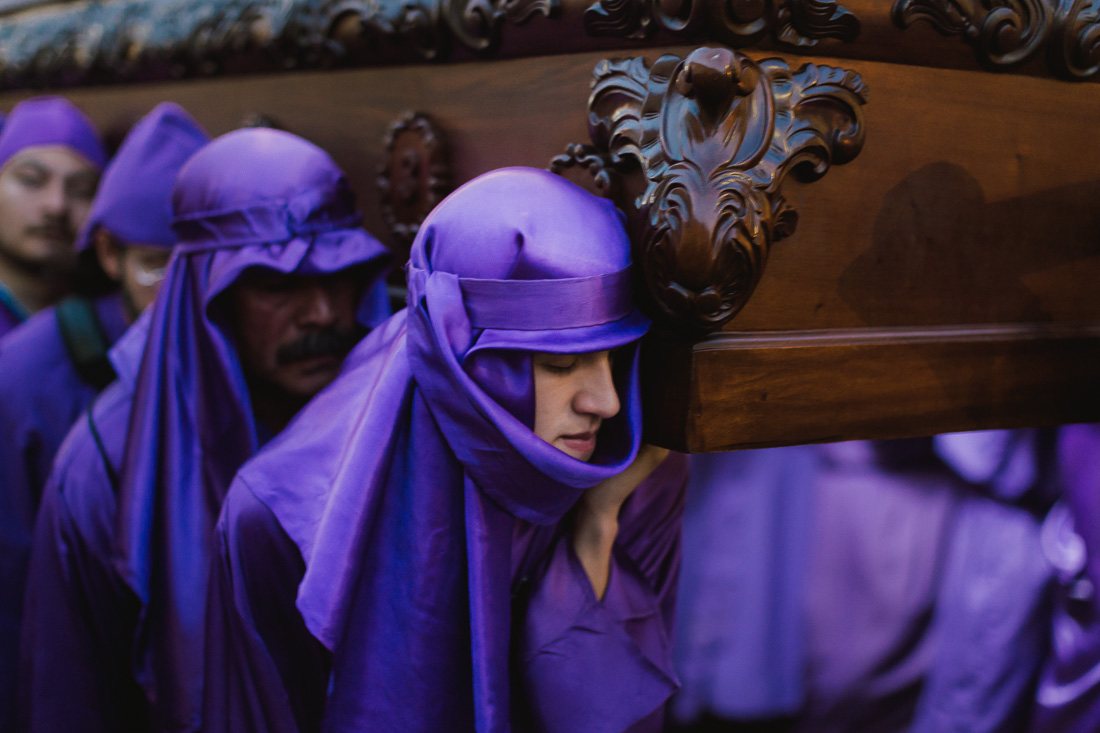
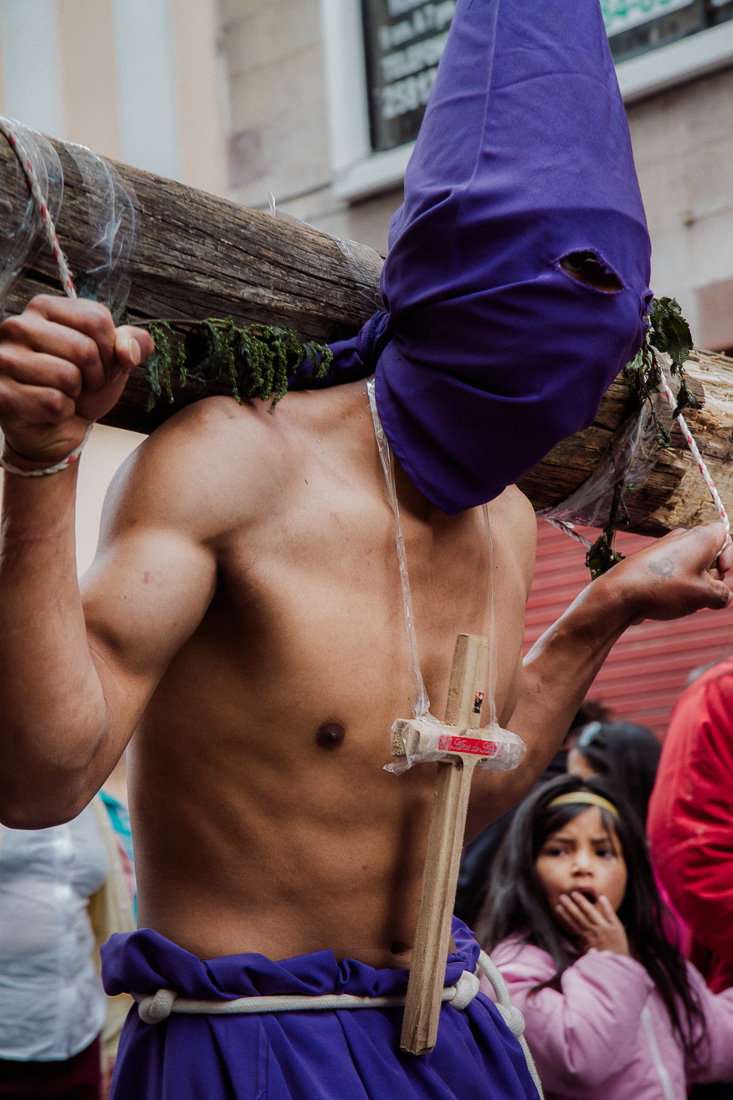
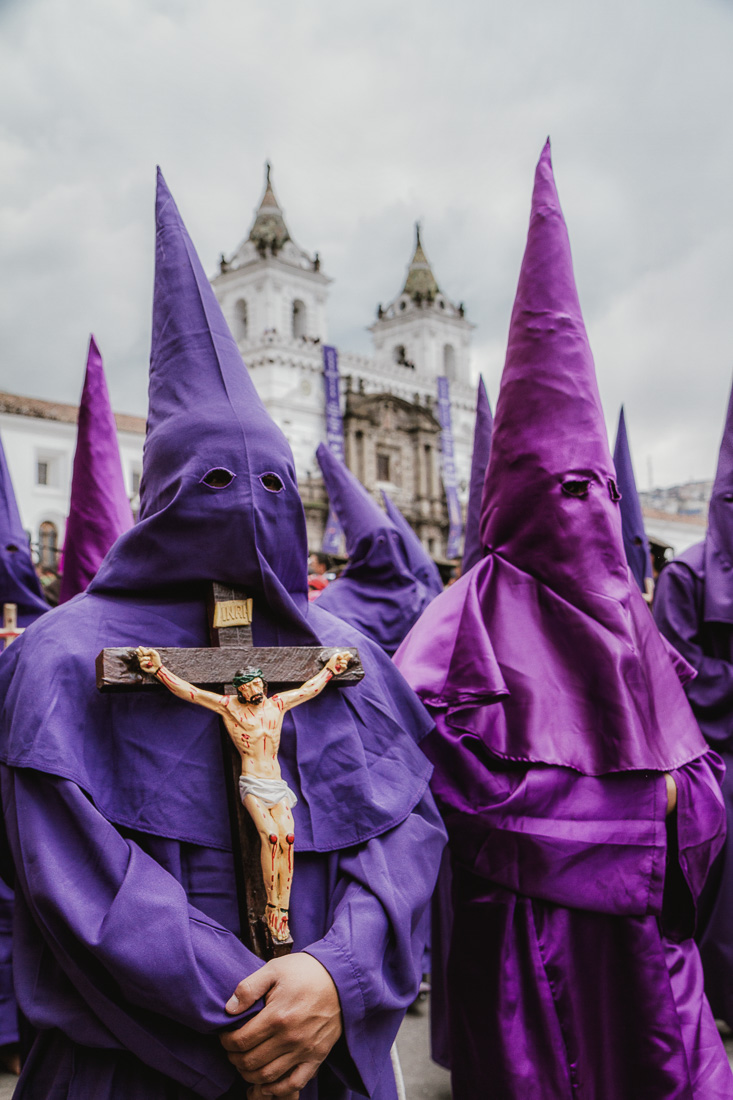
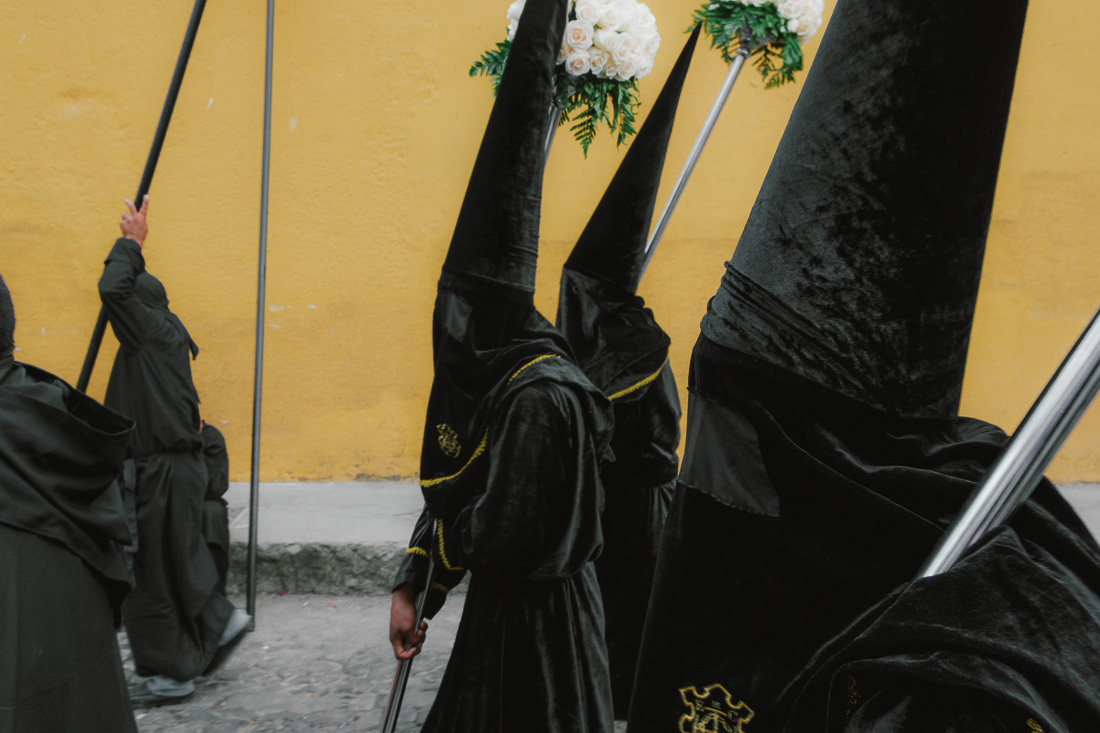
Music
The track in the video is “El Samurai” recorded by the mysterious Pedro González, a jazz & rumba musician and released on the tiny Boa-Audio & Video label from Madrid, a private label where artists paid to get his record pressed for promotional purposes. These kind of records were only distributed among radio, clubs and discotheques Djs. Read more…
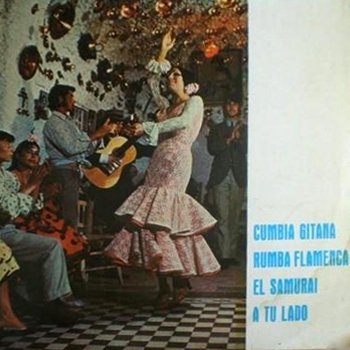
This track is currently unavailable for purchase.


